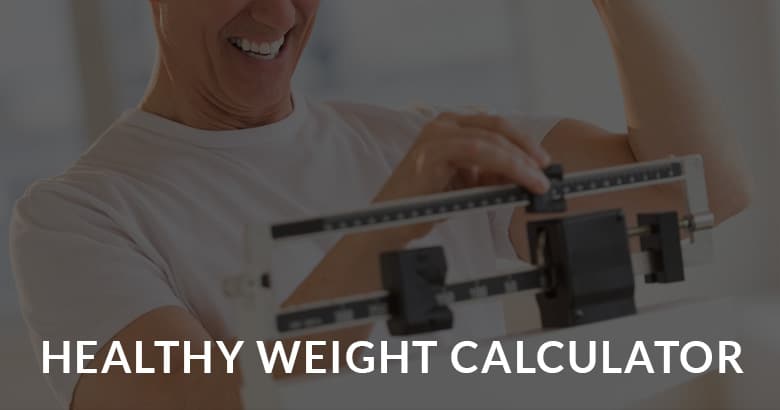A Healthy Weight Calculator is a tool designed to estimate your ideal weight range based on your unique profile and health goals. Whether you’re focused on achieving a healthy weight, setting realistic weight management objectives, or simply monitoring your well-being, this calculator is here to support you on your journey to better health.
What’s a Healthy Weight Calculator?
You might be curious about the Healthy Weight Calculator’s purpose. This tool helps determine a weight range that is considered healthy for your height and body composition, promoting overall well-being.
How Does the Healthy Weight Calculator Work?
Think of the Healthy Weight Calculator as your personalized weight advisor. By inputting essential details like age, gender, weight, height, and activity level, the calculator estimates your healthy weight range.
When Should You Use a Healthy Weight Calculator?
Here are some scenarios where the Healthy Weight Calculator can be highly useful:
- Weight Management: If you’re striving to achieve or maintain a healthy weight, the Healthy Weight Calculator provides valuable insights into a weight range that supports your well-being.
- Health Goals: For individuals looking to improve their overall health, the calculator assists in setting attainable weight objectives aligned with a healthy lifestyle.
- Wellness and Vitality: Monitoring your weight within a healthy range is essential for optimal energy levels and reducing the risk of certain health conditions.
Making the Most of the Healthy Weight Calculator
Understanding your healthy weight range is only the first step. It’s essential to use this information to develop a balanced diet, engage in regular physical activity, and prioritize your overall well-being.
Ready to Go?
Embrace the Healthy Weight Calculator as your reliable partner in your journey towards a healthier you. Remember, every individual’s healthy weight may vary based on factors like body composition and lifestyle, and striving for a weight that supports your overall well-being is key. Begin your quest for a healthy weight and improved vitality with our Healthy Weight Calculator today! Allow it to empower you with valuable insights to make informed decisions and lead a balanced lifestyle.

Frequently Asked Questions
How much should you weigh for your age?
The ideal weight for a person varies depending on age, gender, height, body composition, and overall health. Instead of focusing on a specific weight for a particular age, it’s essential to maintain a healthy weight range based on individual factors. Consulting with a healthcare professional or using a Healthy Weight Calculator can help determine a suitable weight goal for your age and specific circumstances.
What is the best weight for my height?
The best weight for your height can be estimated using a Healthy Weight Calculator or the Body Mass Index (BMI) as a reference. These tools take into account your height and weight to assess whether you are underweight, normal weight, overweight, or obese. However, it’s important to consider other factors like muscle mass and body composition for a more comprehensive evaluation of your overall health.
How do I determine my ideal weight?
Determining your ideal weight involves considering factors such as age, gender, height, muscle mass, body composition, and overall health goals. You can use a Healthy Weight Calculator or BMI as a starting point. However, it’s essential to remember that ideal weight is not a one-size-fits-all number. Consulting with a healthcare professional or a registered dietitian can provide personalized guidance to help you determine your ideal weight and adopt a healthy lifestyle.
How much should a 5’8″ male weigh?
The ideal weight for a 5’8″ male can be estimated using a Healthy Weight Calculator or the Body Mass Index (BMI) as a reference. For a 5’8″ male, a healthy BMI range falls between 18.5 to 24.9. As an example, a male with a BMI of 22 would weigh approximately 152 pounds. However, individual variations and factors such as muscle mass and body composition should be considered. Seeking advice from a healthcare professional can provide personalized recommendations for maintaining a healthy weight.